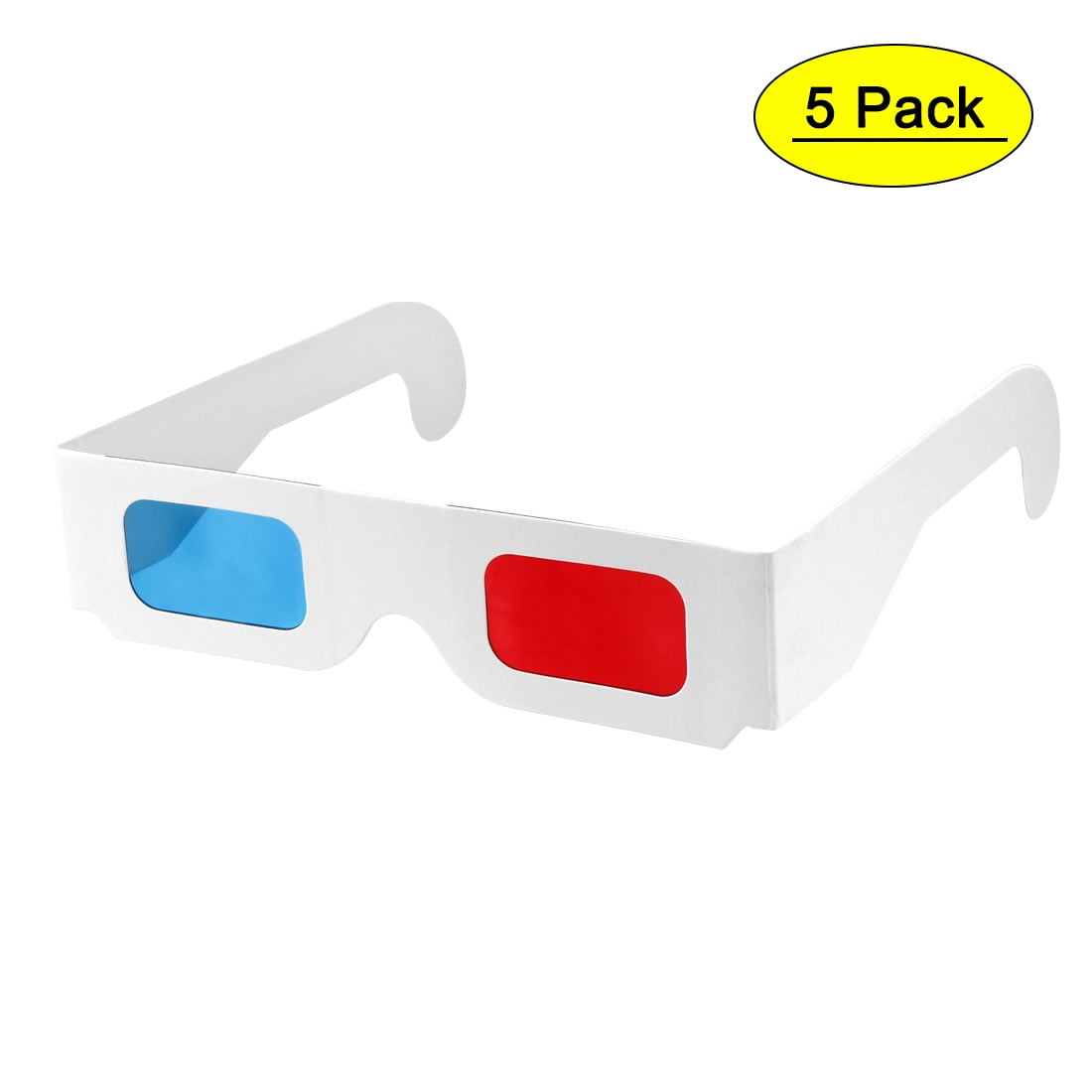
This is one major drawback that is not particularly easy to alleviate.
#Best buy 3d glasses sony tv
However, 3D display manufacturers have already announced many TV models with refresh rates of 240 Hz and even 480 Hz! These high refresh rates will easily get rid of any such complaint one might have of the 120 Hz displays This will be true of the lower end 120 Hz displays which only provide an effective refresh rate of 60 Hz. The constant shuttering might bother some who are very sensitive to low refresh rates and cause flickering.Displays are based on very mature LCD, DLP and Plasma technology which means that most of the quirks are already ironed out and prices shouldn’t be prohibitive.Backward compatible with some of the high-end 3D capable TVs that were sold in 20.Lower price point does not come at the expense of 3D image quality.In addition a syncing unit will be required to sync the TV to the active shutter glasses This is because this technology only needs a refresh rate enhancement for current LCD and Plasma TVs, something that isn’t too hard or expensive to do. Probably the cheapest 3D technology in the short term.The pros and cons of this technology is listed below and will probably help answer some of your questions.Īdvantages of Active Shutter Glass Technology So how will Active Shutter Glasses affect your 3D experience? Well, it is actually a very simple and elegant solution to providing stereoscopic vision using existing display technology. This is why 3D Ready TVs have to have a minimum refresh rate of 120 Hz (meaning 60 frames per second for each eye). As is probably evident, because of the way these displays work, the effective refresh rate of the TV is halved. The 3D TV displays a frame for the left and right eye alternatively and the sync with the active shutter glass ensures that each eye only ever views the image it is meant to see.

Thus the left and right eye glass can be shuttered alternatively in this manner and this shuttering effect is synced with the refresh rate of the display. The individual eye pieces of these glasses incorporate liquid crystals and a polarization filter so that when a voltage is applied, the glass turns dark and prevents light from transmitting through. The primary reason for this is that this technology requires a very minimal modification to current HDTV displays and as a result it is much easier to develop and perfect. Active Shutter 3D GlassesĪctive shutter glasses are currently a very popular choice amongst consumer electronics giants who are investing in 3D display technology. They usually rely on some special type of optical material that helps discriminate between the images meant for each eye. In direct contrast, Passive glasses do not rely on any powered or movable elements. Active glasses are usually powered and involve moving or switchable elements in the glasses that “actively” discriminate the incoming image so as to provide a different image to each eye.

The idea behind them is simple enough, each eye piece allows the image meant for the corresponding eye to pass through while blocking the image meant for the other eye.ģD Glasses can be divided into two primary technologies, Active and Passive.

3D glasses provide a very simple and elegant approach to achieving this. Thus, ultimately any 3D display technology will rely on using a method to deliver separate images (or views) of the same scene to each eye.


 0 kommentar(er)
0 kommentar(er)
